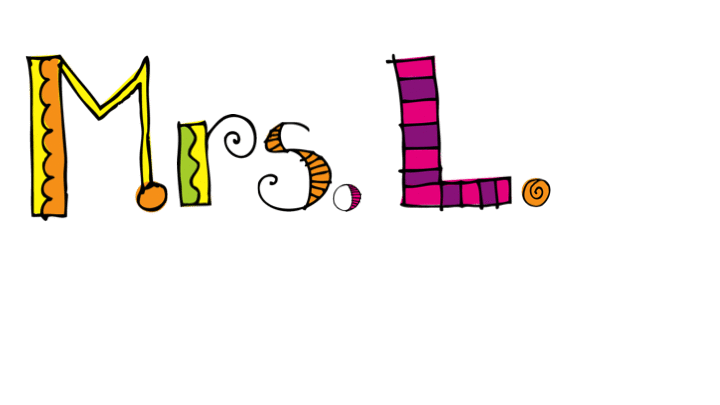If you work with Higher Order Thinking skills (Marzano or Bloom’s Taxonomy), you know that vocabulary mastery is more than memorizing definitions. Our goal is for kids to comprehend and apply vocabulary in the right contexts. Demonstrating GROWTH in vocabulary mastery can also be done at different levels of difficulty. Let’s see how we can Differentiate Vocabulary Practice!
A Level 1 strategy for retaining vocabulary words is the oldest in the book… REPETITION.

Repetition – Level 1 Retrieval Cognitive Skill
Repetition includes things like flash cards, games, and teaching to a partner. This can help students memorize and recall meanings.
(In Marzano’s Taxonomy it is called – “Retrieval” Level 1) That means it’s one of the easiest things to do.
This game, “Who Has” is one of my favorites! Students get a series of cards that link definitions to answers, in a rotation. The only way students can get to the end is by getting them correct along the way! This game is meant to be played repetitively, so everyday students get different cards to ‘solve.’
Follow the link in bio to my website, or search “WHO HAS” in my Teacherspayteachers.com store: Mrs. L’s. Leveled Learning
Leave a comment below if you already have a favorite vocab practice game. 😀

Symbolize – Level 2 Comprehension Cognitive Skill
Kids LOVE drawing! And the good news is, it doesn’t have to end in lower elementary. When students get tired of flashcards and repetitive games, there’s a second level of challenge to try!
Symbolizing is one of the Level 2 Comprehension strategies in Marzano’s Taxonomy. That means it’s a little harder than just recalling definitions. Students have to be able to use those definitions in some context.
This Polygon drawing assignments is really fun because kids can get creative. The “Polygon Zoo” in the image helped one of my 4th graders to visualize his vocab. 😁 Adorable.
Could you see this working with ELA vocab too?

Classification – Level 3 Analysis Cognitive Skill
The cool thing about classification is that is can be done multiple ways…IF you turn it into a creative project! How do we do that? Let kids figure out their own classifications (which you can definitely challenge!). In the process of deciding which aspects of vocabulary go together or not, they are engaging in ANALYSIS.
Analysis is the third most difficult level in Marzano’s Taxonomy because it goes beyond memorizing and applying words in context. They will have to think of all the ways that their vocabulary words compare to each other. Then justify their choices. It creates a lot of opportunities for students to think deeply about the meaning of words, and how they can be used or represented.
I love the names assigned to these categories. 🥰
I can tell this student had fun classifying these words.
What about ELA, you say?
Depending on your vocabulary or spelling program, you can have kids classifying words by prefixes, roots, phonemes, graphemes, parts of speech, or context (words used in science, etc.)
If You’re Looking for More Ideas!
Click on the link below if you’d like a quick Cheat Sheet to DIFFERENTIATION with Marzano’s 4-level Taxonomy. I promise there’s lots of easy ideas you can use today!


